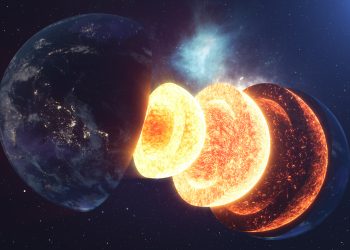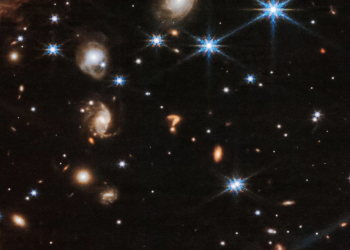In the Peruvian highlands, above a narrow valley where fields of potatoes press against dry hillsides, a collection of knotted cords has remained in local hands for generations. Some are wrapped in cloth. Others hang from wooden beams, their strands stiff with age. Together they form one of the largest surviving examples of Inca quipu writing, preserved not in museums but in the storerooms of Santa Leonor de Jucul.
The people of Jucul say they have been here longer than most. Their ancestors farmed these slopes before records were written on paper. What they passed down was not written in words, but in twisted wool and cotton. The system they used is known as quipu.
Quipu refers to the coded knots used throughout the Andean world, especially during the time of the Inca. But many were made far from imperial centers. The collection in Jucul may be the most extensive set outside state-controlled holdings. It includes a single specimen nearly seventy meters long.
Inside the cords
Each quipu contains a pattern. Main cords stretch horizontally or vertically. Pendant cords drop down from them. Knots vary in type and position. Color may indicate category or source. Twist direction carries meaning. The more complex the pattern, the harder it is to interpret without knowing the rules that guided its creation.
Some of the quipus in Jucul include strands of human hair. These are not loose additions. The hair has been woven into the structure of the cords. No European account describes this. It appears to have been a local practice. Whether it marked the maker, the subject, or the purpose remains under study.
Samples from the hair suggest a diet heavy in tubers and grains, without signs of meat or maize beer. These details match the food available to rural communities. The implication is clear. The people who made these quipus were not imperial officials. They were villagers. The knowledge required to create and read these records was present in households far from Cusco.
Drought and ritual
Some of the cords correspond to stories told by local families. These accounts mention dry years, when rains failed and offerings had to be made. The cords list places and items. Not just names of goods, but locations linked to ritual events. Stones near springs. Outcrops near high trails. Fields on the edge of cultivation.
Offerings included maize flour, fabric, chicha, and animal bones. Some quipus show repeating groups that suggest annual repetition. Others mark single events. Together they appear to track local responses to weather shifts. Not in terms of rainfall or temperature, but through action. Where people went. What they brought. Who took part.
Inca quipu writing in this form does not resemble modern meteorological data. It reflects communal behavior. The kind of memory passed on through ritual, not report. And yet it provides a timeline of environmental response, recorded in fiber.
Survival through use
When the Spanish arrived in the Andes, they saw quipus as pagan relics. Many were burned or confiscated. Surviving examples ended up in cathedrals or European collections. Most lost their context. The quipus in Jucul did not. They were not taken. They were used until memory carried their meaning.
Modern ethnographic quipus from the same region show structural continuity. The number of cords has decreased, but the principles remain. Color, spin, knot, and order. These elements did not vanish with the fall of the state. They moved into local knowledge, where they were less likely to be destroyed.
There is no written manual. There never was. Each quipu carries its own logic, based on purpose and audience. Some were used to count. Others to remember. In Jucul, the cords appear to serve both roles.
Reading without writing
The western idea of literacy depends on script. But in the Andes, memory traveled along different paths. Roads were walked, not drawn. Rites were spoken and repeated. And records were kept in things that could be felt and held.
A cord with three knots, each a different type, tied at fixed intervals, carries information. Without knowing the system, it appears decorative or random. But to someone raised with it, the order may be as clear as numbers on a page.
Some of the cords in Jucul are worn smooth from handling. Others still hold tight knots, grouped in careful rows. People knew what they referred to. To places where rituals took place, items that were offered, seasons marked by drought. The meaning stayed with the cords because the practice stayed alive.











